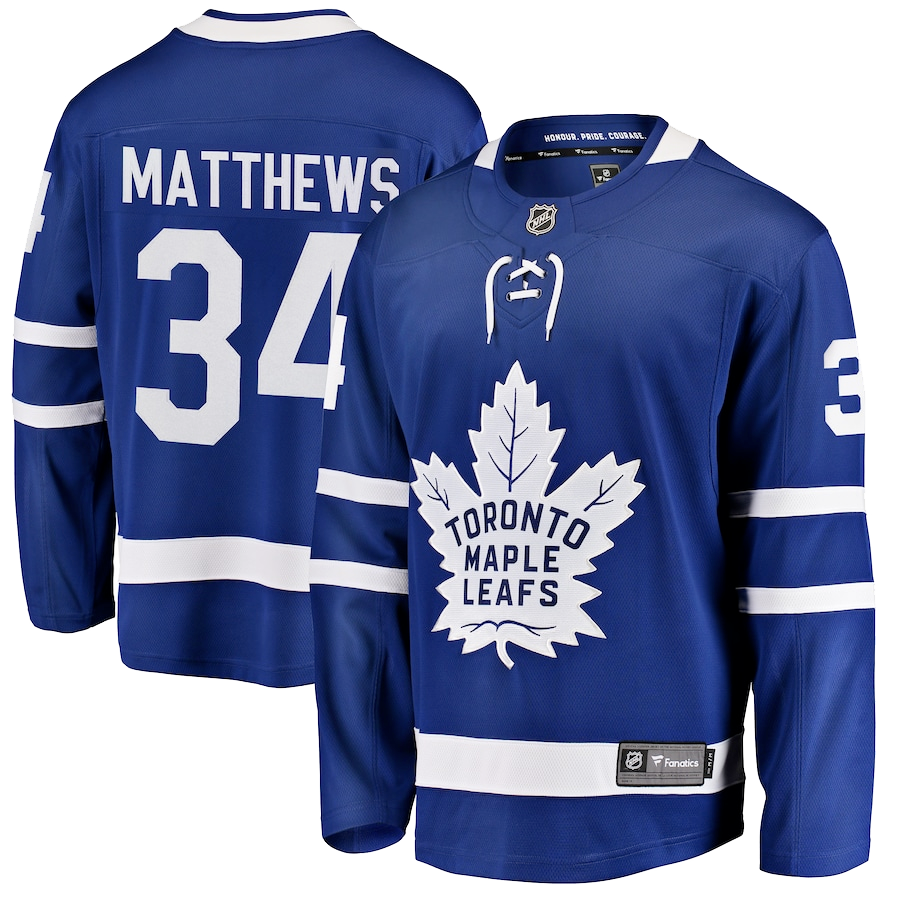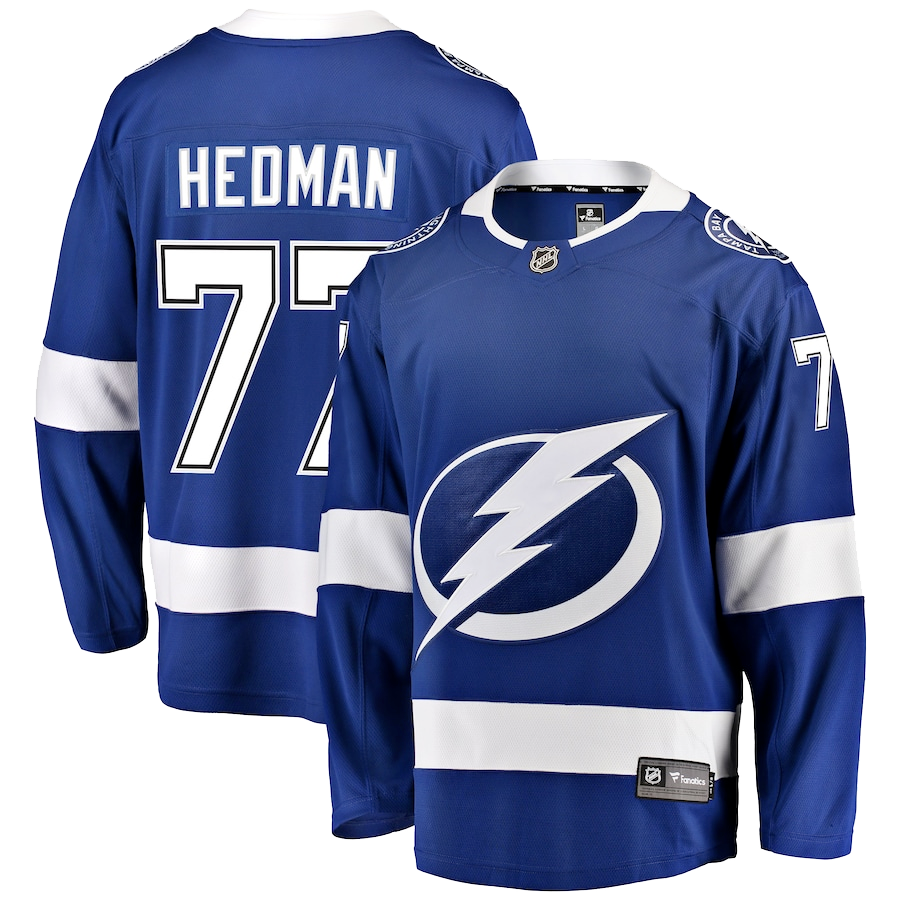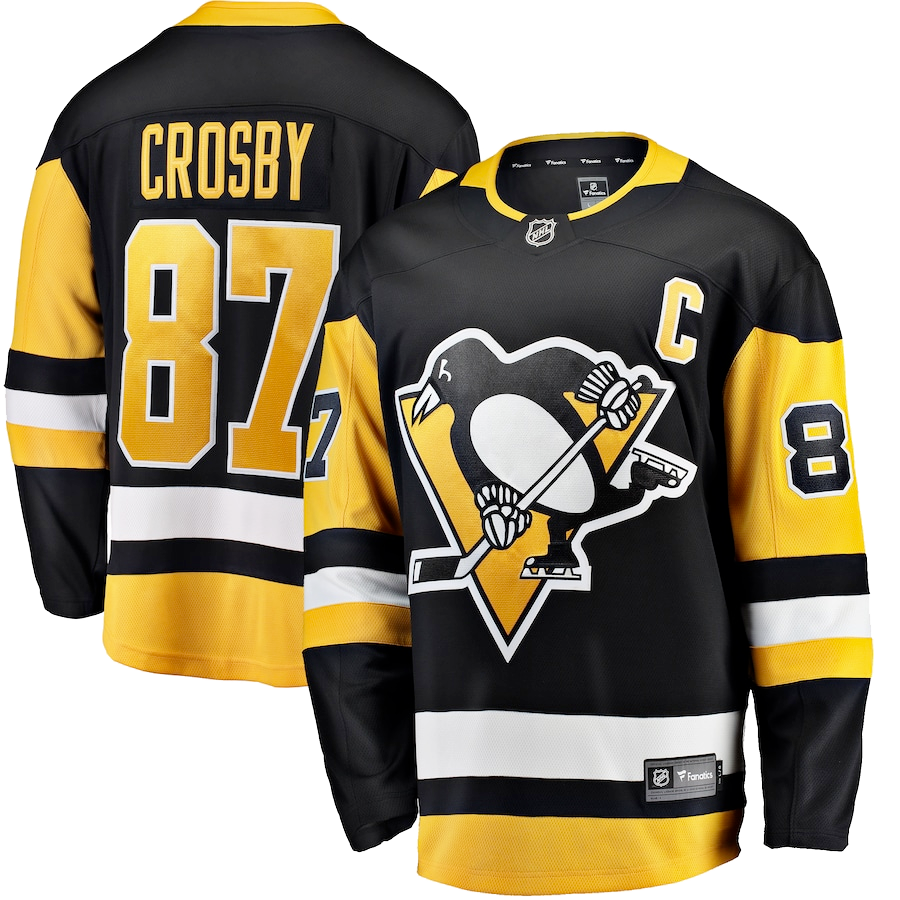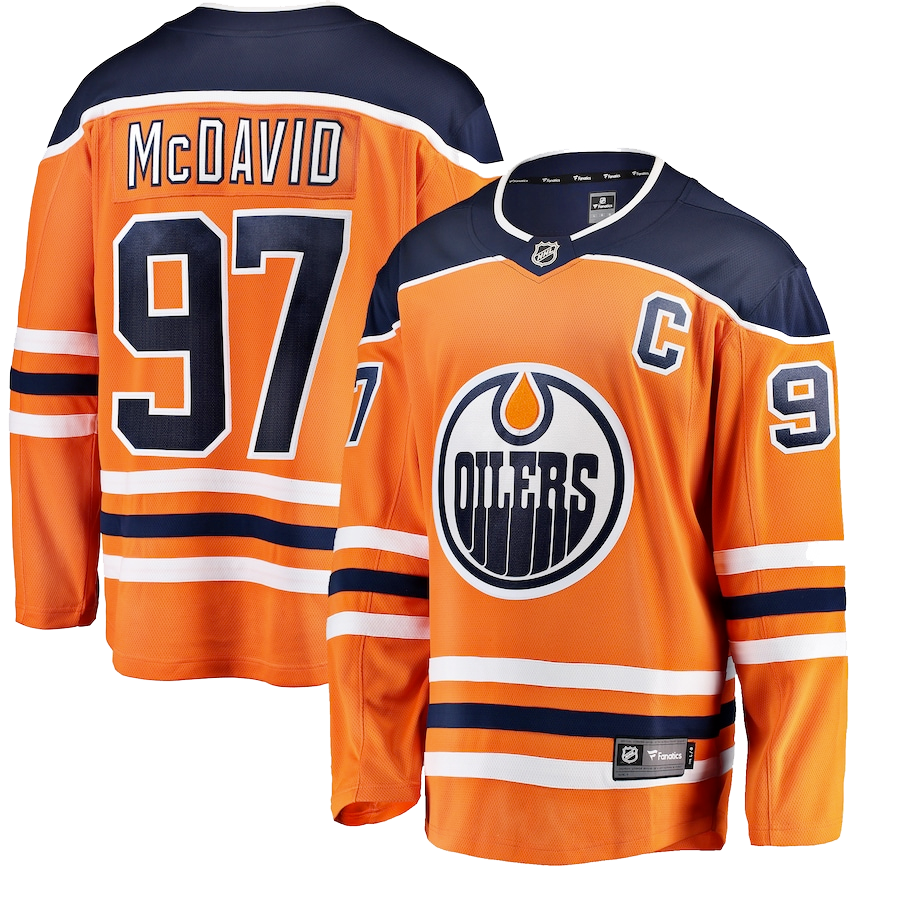Gene Carr could have been a huge star in New York. He had long blonde hair and blazing speed but he had trouble putting the puck in the net and suffered a pair of serious injuries and so his time with the Rangers though eventful was relatively brief.
Carr recorded 58 goals and 177 points in two seasons with the Flin Flon Bombers of the WCJHL from 1969 to 1971 and was selected fourth overall by the St. Louis Blues in the 1971 Amateur Draft, right behind Guy Lafleur, Marcel Dionne and Jocelyn Guevremont and before Rick Martin.
Carr, the son of former Maple Leaf Red Carr, got off to a decent start in St. Louis scoring three goals with two assists in his first 14 games with the Blues, one of those games being against the Rangers. Blueshirt GM and Coach Emile Francis must have liked what he saw because three weeks later he swung a deal that brought Carr, Jim Lorentz and Wayne Connelly to the Rangers for Jack Egers, Andre “Moose” Dupont and Mike Murphy. Needless to say, Gene was surprised by the deal.
Gene Carr: “I was 19 years old and I had no idea what was going down, it just happened, one day after practice I was on my way to New York. It hit me very hard that St. Louis gave up on me so to speak after a month and after playing junior hockey and being one of the better players in Canada and then being traded like that, I think it had a negative impact on me. And of course then when I went to New York I was playing with guys that were icons, guys that I had watched on TV. So it kind of set me back on my heels because I didn’t even get my feet wet so to speak.”
The 20-year old, 5-11, 185 pound Carr made a big splash in his Garden debut on November 21st 1971, notching two goals and two assists in the Rangers 12-1 drubbing of the California Seals. Those 12 goals were the most any Ranger team had scored in a single game.
In addition to getting used to new teammates, the rookie was also getting acclimated to life in the big city. .
Gene Carr: “When I first went to New York I lived out in Long Beach where all the married players lived. After a couple months out there I said that I wanted to live in the city. Rod Gilbert was the only other guy living in the city and I remember going into Emile’s office one afternoon, me and Rod. I basically wanted to get Emile’s blessing to live in the city and that was a big deal. So we had a meeting after practice one day and Rod told Emile ‘I’ll look after the kid, don’t worry’ and so I packed up and moved to the city and got an apartment on 72nd and York Avenue and Rod and I lived about five blocks from each other and we became very close friends.”
Despite being under the watchful eye of Gilbert, Carr still managed to find a little bit of trouble on the streets of Greenwich Village.
Gene Carr: “Here I am a kid from Flin Flon, Manitoba, small-town Canada where you know, you trusted everybody and I went down to the Village because I wanted to check it out. I wanted to look at some pictures for my apartment that I just got. So somebody approached me and in broken English said he had to meet a guy at this hotel but he can’t read English and if I could just get the number of the hotel in the phone book, you know back then they had phone booths like Superman, so I said yeah sure I can do that for you no problem.
There must’ve been a neon light above my head saying this kid’s from small-town Canada and he’s an easy mark. So while I was looking in the phone book all of a sudden the guy in perfect English this time says ‘Hey I want all your money and don’t give me any trouble.’ So I looked at him and I thought to myself well I’ll be a son of a bitch, and I’m thinking this guy’s not going to get a penny of my money because I’m going to come across with an elbow and knock the shit out of him, of course you know being young and strong. Anyway just as I was going to give him the elbow and run of course, because that was my split-second game plan, I looked to the left a little bit and there’s another guy standing on the other side of the phone booth blocking the way on the left side. So that’s when I decided you know what, I had a couple hundred bucks or whatever on me and I just gave it to him. I said look this is all I’ve got take it and leave me alone. Which they did and then it took me, it seemed like forever to bum a quarter so I could call my attorney to come and get me because I was 70 or 80 blocks from my apartment that was at 72nd and York. So that was one of my first experiences of big city life.”
Carr scored only eight goals with eight assists in 60 games that first season in New York, but his speed was put to good use in the playoffs where he was given the assignment of shadowing Montreal’s Yvan Cournoyer who led the Canadiens with 47 goals that season.
Carr’s speed and superb checking limited “The Roadrunner” to just two goals and an assist in the series which the Rangers won four games to two. Considering that two of the Rangers victories were by one goal margins, limiting Cournoyer’s offensive output was a huge factor. The other two Rangers wins were also one-goal games late in the third period but Ted Irvine scored an empty net goal in each of the contests to seal the deal for the Rangers.
Gene Carr: “I’ve talked to Emile and other players about that series and it’s funny when you get into the heat of the action and when I was doing that I really didn’t comprehend the full extent of how good that was to shut Yvan down. It was my job. I mean before the game Emile sat me down and said ‘Look if Cournoyer jumps up and goes to the bathroom, I want you to follow him.’”
The Blueshirts then swept the Chicago Black Hawks in the second round to reach the Stanley Cup Finals for the first time since 1950. Unfortunately with Jean Ratelle, their best player sidelined with a broken ankle, the Rangers lost a seven-game series to the powerful Boston Bruins.
Gene Carr: “That damned Bobby Orr. If it wasn’t for him we would have won that Cup. That’s what I’ve always said. I don’t know how many reporters have asked me who was the fastest skater in the league, because you’re one of them and I would say without a doubt Bobby Orr. There was nobody faster than Bobby. He was faster than Cournoyer, he was faster than me. He had like these after-jets. After about three or four strides skating with him, and I did it many times, all of a sudden I don’t know where it came from, but he would just take off. It’s something that you can’t teach. You can’t teach a kid how to do that. I don’t care how good he is or how great a skater he is, you’ve either got it or you don’t.
It’s like a pro golfer when he hits a ball about 280 yards it gets like these after- jets and it scoots another 50 or 60 yards. I’ve asked these guys many times, how the hell did you do that? When I hit a ball it will go 300 yards or whatever and that was it. You didn’t see it take off like that.
Emile would put me on left-wing when Orr was out there just so when he made that rush down the right side I’d be racing down there with him. I’d take a quick peek to see where the play was developing and just in that quick split-second where I would have a look and look back, Orr was four or five strides ahead of me. That was the reason why we ended up losing the cup.”
The next season Carr was in a battle with rookie Steve Vickers for the left wing spot on the Bulldog Line with Walter Tkaczuk and Billy Fairbairn.
Gene Carr: “Emile put me on left-wing with Walter and Billy and the thing is that I had never played wing, I was always a centerman. And it’s like a whole different way of life when they put me on left-wing. Emile said he did it because he wanted someone with speed for Walter to get the puck to so that was another obstacle I was going through because when you’ve been a center since you were two years old and you did all your good stuff at center and then you’re put on left wing, believe it or not it wasn’t easy to play a whole different position. It’s not easy to start switching positions when you’re young and trying to make it in the league.”
The search for the third member of the Bulldog line had been going on since 1971 when Dave Balon was traded to Vancouver with as many as 16 players getting a shot at the coveted position.
Carr had been playing pretty regularly on the line in pre-season games but it wasn’t a perfect match. In the season opener in Detroit, he was having trouble handling the puck and so rookie Steve Vickers, who had started the game on a line with Pete Stemkowski and Bruce MacGregor was moved up to the left wing spot. The trio clicked and Vickers scored on his first shot on goal in his first NHL game.
But Francis had made a major investment in Carr and had a lot riding on the speedy winger. So Gene was back on the Tkaczuk line for the next game and Vickers once again became a spare part. The two players alternated at left wing on the line for about a month. Carr was flashy and had great speed but couldn’t put the puck in the net, while Vickers developed chemistry with Tkaczuk and Fairbairn and the results were record-setting. On November 12th Steve scored a hat trick against Gary Edwards and the L.A. Kings and then repeated the feat in the Rangers next game against Michel Belhumeur and the Flyers. It was the first time in NHL history that a player had recorded back-to-back hat tricks. Vickers gave full credit to his line mates, “Playing with Walt Tkaczuk and Billy Fairbairn has to be the easiest way for a left wing to break into the NHL” he told reporters. “They’re doing all the work and I’m getting the goals.” A week after Vickers record setting hat tricks, Vancouver’s Bobby Schmautz had a three-goal night followed by a four-goal night. “That’s something!” Vickers remarked. “And he did it without Tkaczuk and Fairbairn.”
Francis however still wanted to give Carr every opportunity to succeed. That was when fate stepped in. On December 20th Carr suffered a broken collarbone and the Bulldog line was reborn with Vickers on left wing.
Gene Carr: “Bob Plager caught me coming along the inside, going around the defensemen and he came all the way across the ice as I was going around the other defenseman on the board side and he nailed me. I didn’t see him and he drove my shoulder up to my head, snapped it in two. I guess Bob was thinking well he’s a rookie and I’ll nail his ass. It was pretty severe.
Steve was a great winger, he was perfect for that line. He grew up in junior hockey in Canada playing left-wing so when I got hurt, he fit into that line. He was there for years. He was the perfect winger for them like Vic Hadfield was the perfect winger for Jean and Rod. It was a perfect line. So then when I got healthy and came back they weren’t going to move Steve off that line. Steve went on to be rookie of the year. At the time I was upset that I couldn’t get back into the lineup but you know what? Good for Steve. He became a good friend and he’s a great guy. He deserves everything he got, that’s for sure.”
Steve Vickers: “They had made big a trade for Gene Carr. He was supposed to be the next Bobby Hull but it just didn’t turn out that way. He had trouble scoring and then when Bill Chadwick came out on the air and said he couldn’t put the puck in the ocean if he was standing on the pier that didn’t help the situation. It didn’t help his credibility in the eyes of the fans.”
Chadwick was the color analyst on Ranger broadcasts along with play-by-play man Jim Gordon. Nicknamed “The Big Whistle,” Chadwick, a former NHL Referee was “old school” and looked down on Carr’s long hair and flashy wardrobe. He was known for saying whatever was on his mind and one night Carr’s scoring problems prompted him to famously declare “Gene Carr couldn’t put the puck in the ocean if he was standing on the end of the dock.” If the internet was around back then, Chadwick’s observation would have gone viral in minutes. But Carr was not amused.
Gene Carr: “Chadwick used to jump on me about putting the puck in the ocean and I don’t know why he attacked me. He had no idea how that affected me mentally. I used to just cringe when I heard them say something or they would bring up my name. I wish I could’ve talked to Bill before he passed away. I would have asked him why did you attack me like that? I didn’t do anything to you. That’s a lot of years ago but people still talk to me about Chadwick. Anytime he would come into the dressing room or whatever I would just walk by him because I just couldn’t bring myself to even say hello to the guy.”
Early the next season Carr and Mike Murphy were injured in a taxi cab accident in Boston on the night of November 15th following a 10-2 loss to the Bruins.
The pair were in Derek Sanderson’s bar, Daisy Buchanan’s getting something to eat following the game. When they were finished they hailed a cab to take them back to the team’s hotel. Unfortunately the cab was T-boned by a police cruiser chasing after a stolen car. They were both injured when their heads hit the cab’s Plexiglas divider. Bloodied and possibly in shock, Carr and Murphy were wandering around looking for a hospital when they were picked up by none other than Derek Sanderson who had been tipped off about the accident by the police. Both sustained upper body injuries and concussions and were sidelined for two to three weeks.
Gene Carr: “I never thought about how severe it was and how close I was to being killed in that car accident. I was with Mike Murphy and we were headed back to the hotel for curfew. We had gone out to have something to eat and then we were headed back to the hotel and this cabbie, he wasn’t exactly going very slowly, it was winter and there was snow on the ground, but we had a green light and apparently this black-and-white was in pursuit of a stolen car and he went through a red light and T-boned us. The cabbie was injured really badly and of course so were Murphy and I. I mean our heads hit that Plexiglas probably at Mach One speed. We hit that Plexiglas and it knocked us silly. All I remember was I was helping Murphy in the cab and there was his blood like everywhere it was spurting out of his head and I had blood all over me too. I remember Murph and I trying to get to the hospital. We were walking from the accident. We were just so out of it, I didn’t even know my own name and I was holding Mike and I knew I needed to get him to the hospital. We got picked up by Derek Sanderson who recognized us and stopped and drove us to Boston General and tried to explain what happened.
I didn’t realize how severe that was on my body. I don’t think I ever recuperated from that body trauma because it seems like I had nothing but physical problems after that. My back, I mean to this day I’ve had multiple back and neck surgeries. I can’t walk without my crutches, that’s how bad I am now. I can walk maybe five or ten feet with difficulty but anything more than that I need crutches to get around. That accident in the cab was the beginning of a lot of physical problems that I developed over the years.”
Following his recovery, Murphy was eventually dealt to the Kings in November along with Tommy Williams, and Sheldon Kannegiesser for burly defenseman Gilles Marotte, known as “Captain Crunch” and former Ranger Real Lemieux.
Gene’s Ranger career came to an end on February 15, 1974 when he was sent to the Kings for their first pick in the 1977 Amateur Draft which then Ranger GM John Ferguson used to select Ron Duguay.
Carr scored 18 goals with 23 assists in 139 games for the Rangers over three seasons. In 17 playoff games Gene added one goal and four assists,
Gene Carr: “My situation when I left there didn’t have anything to do with Emile. I just wanted to go somewhere where I could play 15 – 20 minutes a game like I should have but after I got hurt and each player on the team was so great it was tough as hell to break into the lineup. I remember approaching him a couple of times and saying, hey you have to play me. You can’t play me for a couple of shifts in the third period. I can’t do that. I’m not Glen Sather. Glen Sather could sit on the bench and go out there in the third period and look like he never missed a shift but I couldn’t do that. I didn’t have the confidence. I told him, you’ve got to play me. But he couldn’t do it because the guys who were making half a million a year and were scoring 50 goals, they had to play. He was in a tough situation and finally I remember talking to Emile one night after a game in Philly. My contract was up at the end of the year and I said, hey I’m done, you either trade me now or I’ll sit for the next few months or I’ll go sign with the World Hockey Association and you won’t get anything for me. I didn’t even let my attorney handle that. I just told him after the game I need to go somewhere where I can play all the time because I’m too good to be sitting here and I’m losing my confidence and I’ve got to get it back.
Emile was under pressure to win now! He couldn’t wait for me to develop like Lafleur and Dionne and the rest of those guys that I was drafted with. They were brought along right. They were worked into the lineup.
I liked Emile, to be honest with you. I liked him very much. So many times he would be on the bench there and I would kind of chuckle to myself when he used to put that right foot up there on the boards from the bench to yell at the referees. To me that was Emile Francis. If there was ever a picture to describe the man that was it. He had a great system, he was good with the guys and all the guys liked him. He would talk to you. He was under a lot of pressure to win because the club he had put together was the best club in the league other than Boston without a doubt. You wanted to play for the guy. Emile had that knack for making the players dig down and give that something extra.”
Carr took to the California lifestyle like a rock star. He hung out with the late Glenn Frey and The Eagles who called him “Hockey Hollywood.” Gene was also said to be the inspiration for the band’s 1977 hit “New Kid in Town.”
Gene Carr: “Whether that’s true or not I’ve always said I don’t know, yet I hung out with Glenn Frey and Eagles at that time and my manager Irving Azoff was their manager. Glenn and I hung out all the time, we became very close friends. When I played in LA, I would hook up with them in the afternoon at the hotel and then we would ride in the limo with them to the Forum and he always wore my jersey when they played there at the Forum. We were very close friends in those days.”
Carr saw more playing time with the Kings but still only managed to score 39 goals in 212 games over four-plus seasons. He was traded to the Penguins with Dave Schultz and a draft pick for Syl Apps Jr. and Hartland Monahan in November 1977. He had his best year offensively in Pittsburgh scoring 17 goals with 37 assists. But the next season he signed as a free agent with the Atlanta Flames and was eventually forced to retire at the age of 28 due to back problems after 30 games. He then used his Hollywood connections to become transportation coordinator for Universal Studios.
Overall in 465 NHL games over eight seasons Carr scored 79 goals with 136 assists and 365 PIM. In 35 playoff games he scored five goals with eight assists and 66 PIM.
Gene Carr was a good hockey player who tried his best, but injuries kept him from living up to the expectations set forth for him by his junior career and first round draft status. He had great speed and good skills. All that was missing was a little bit of luck and better health.








